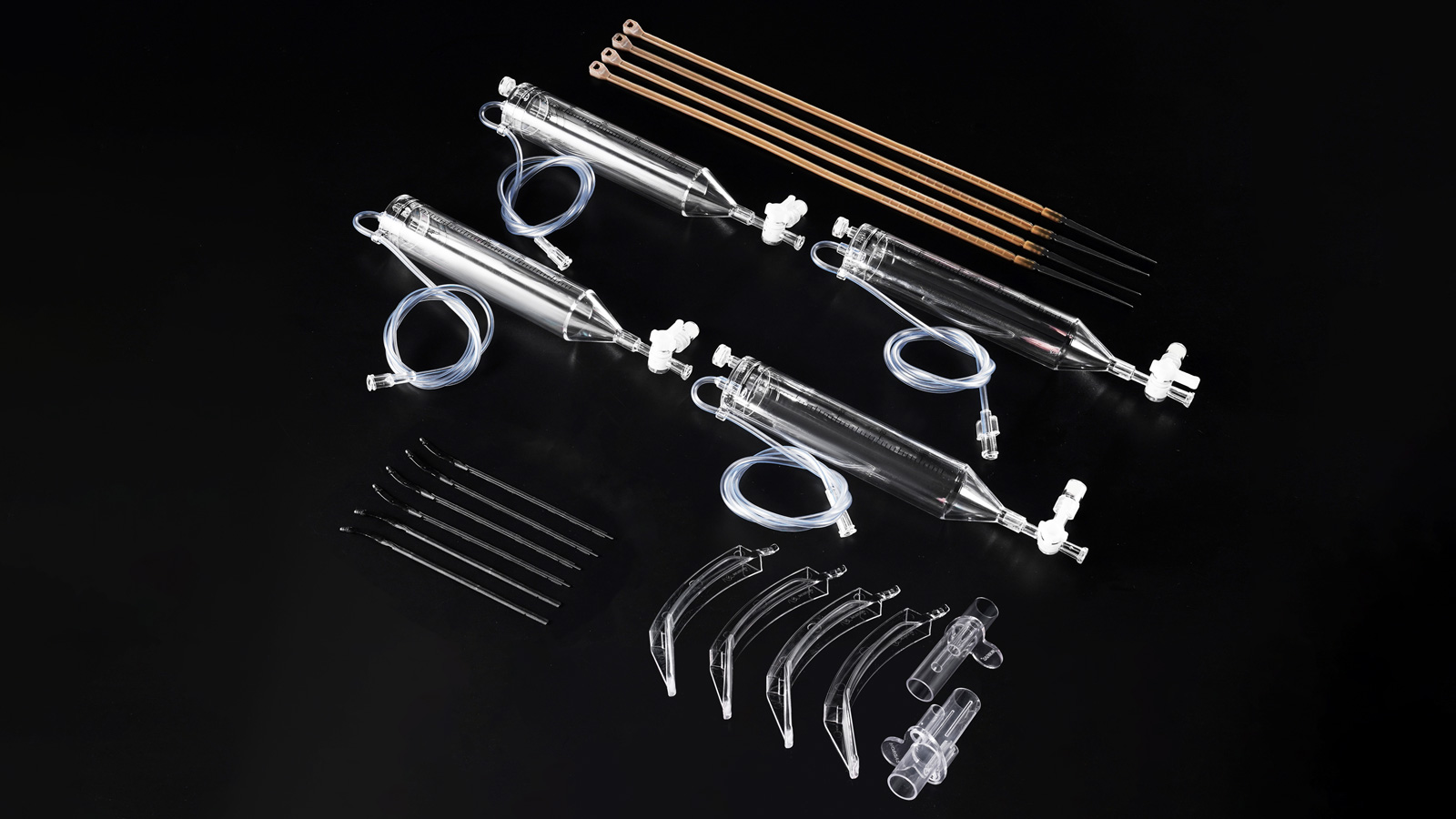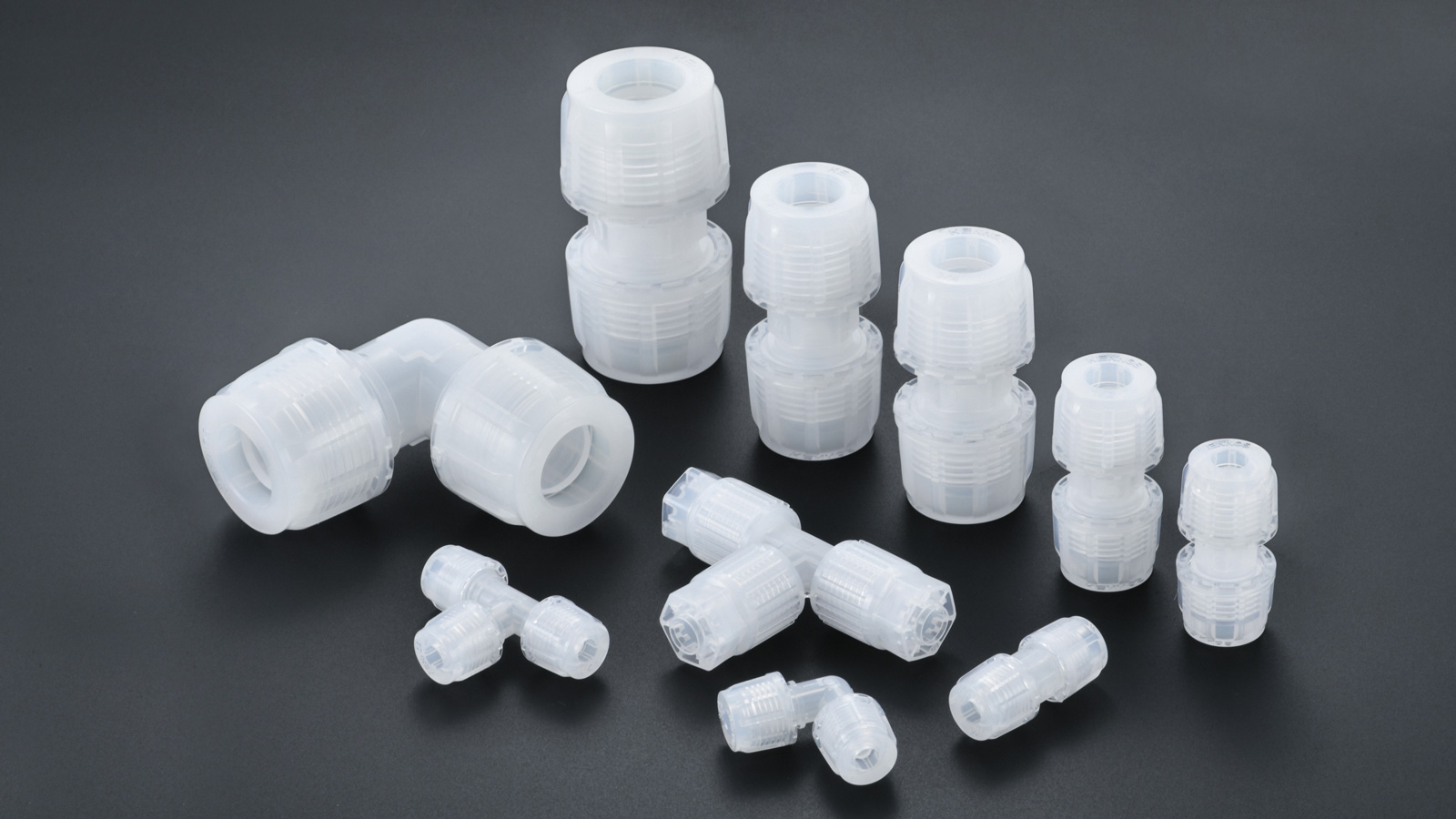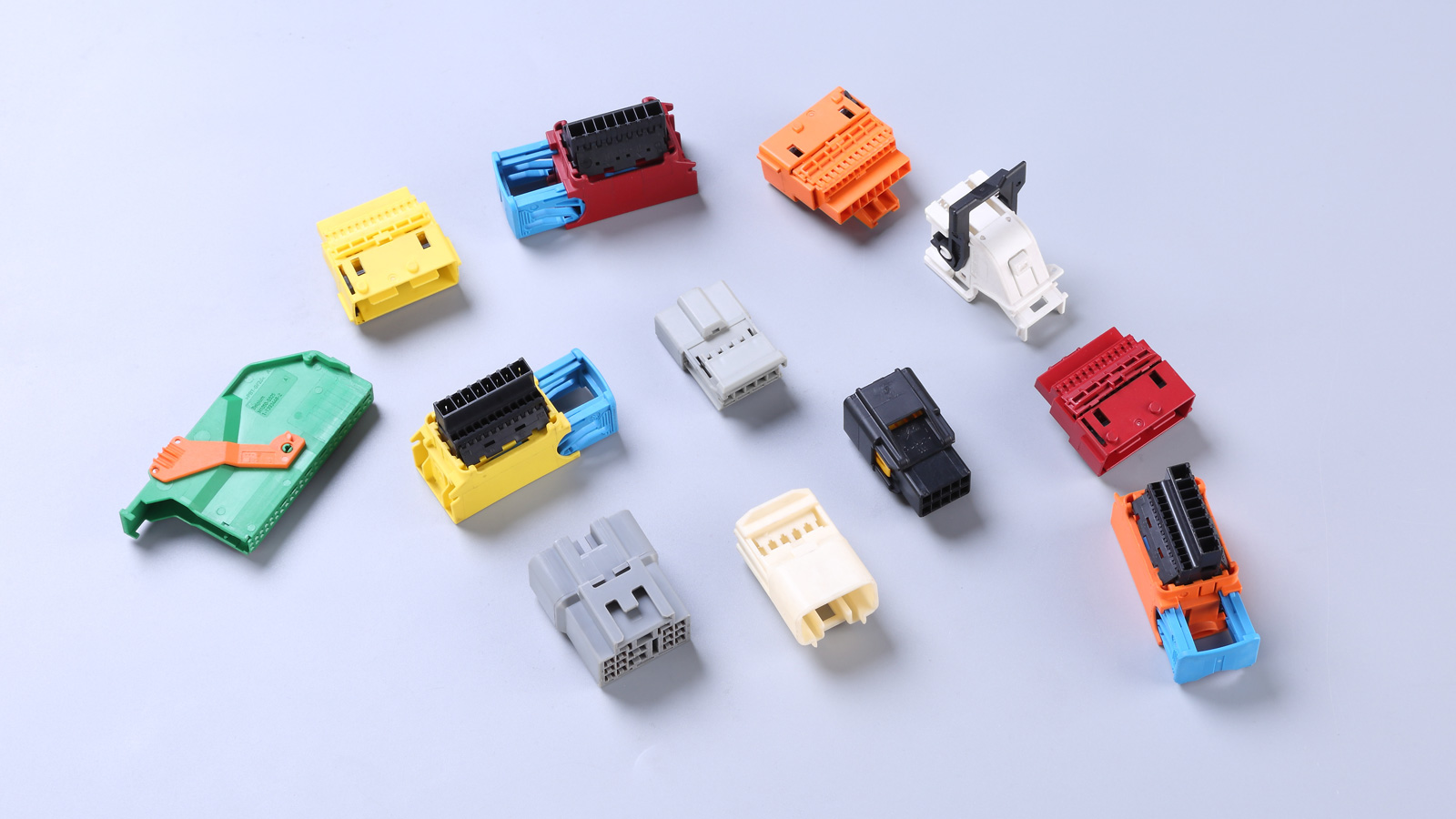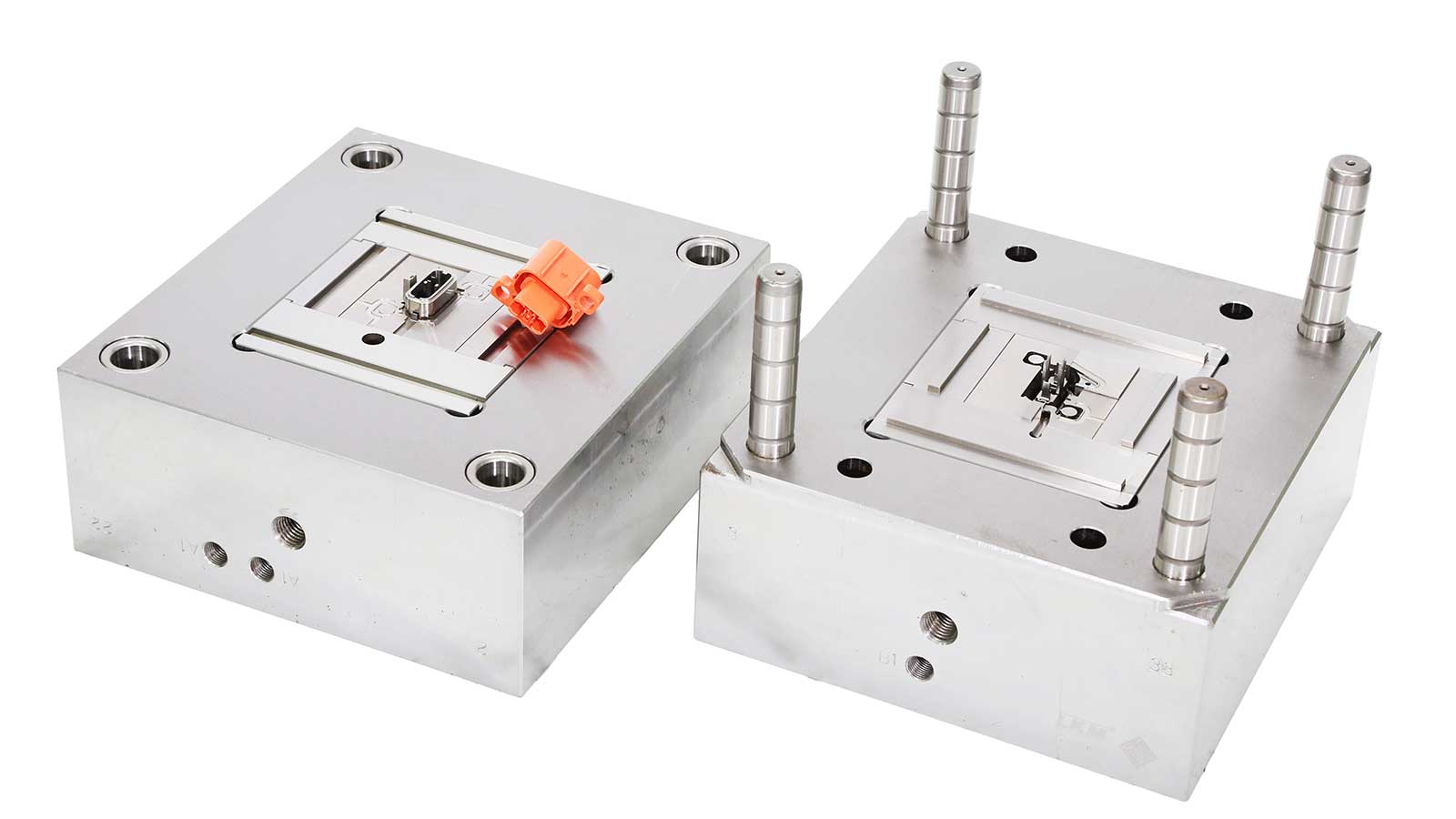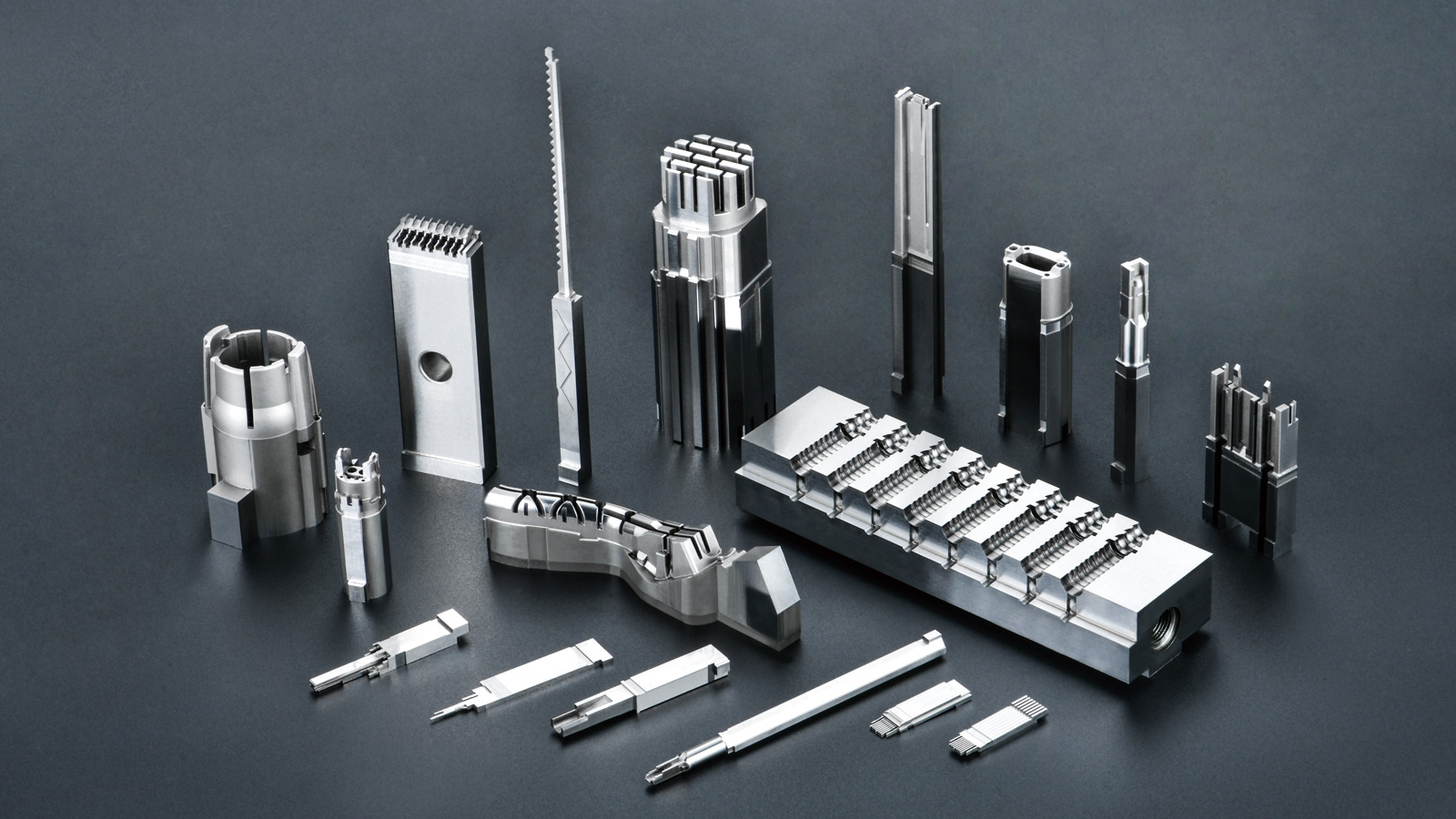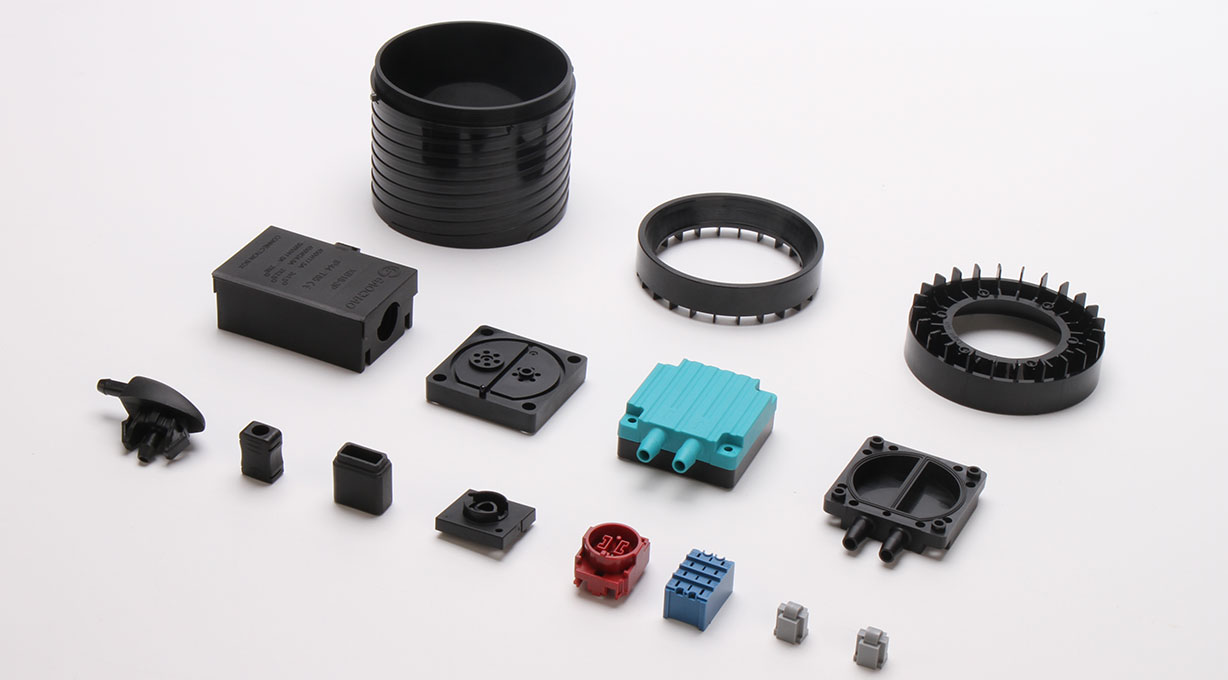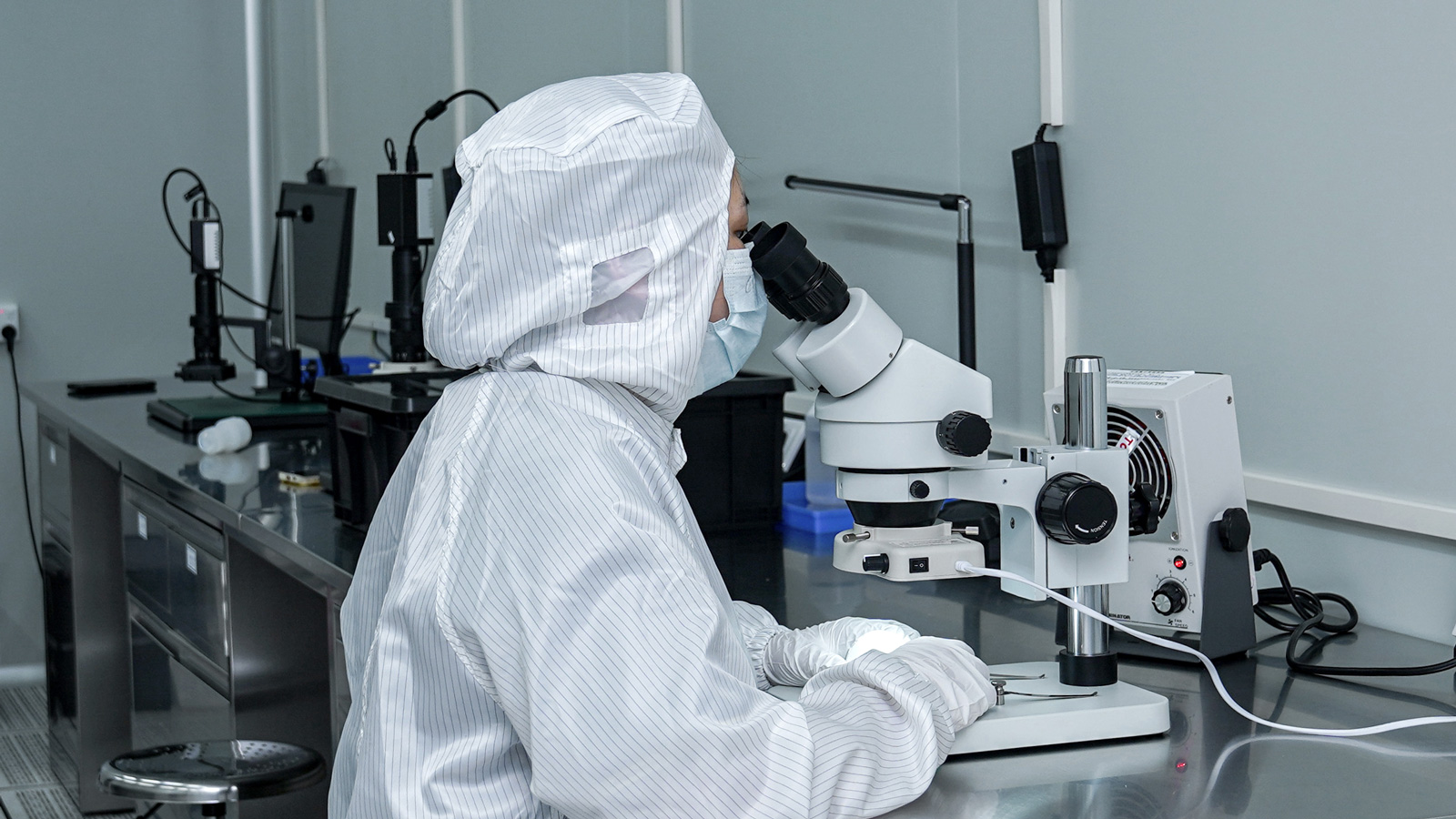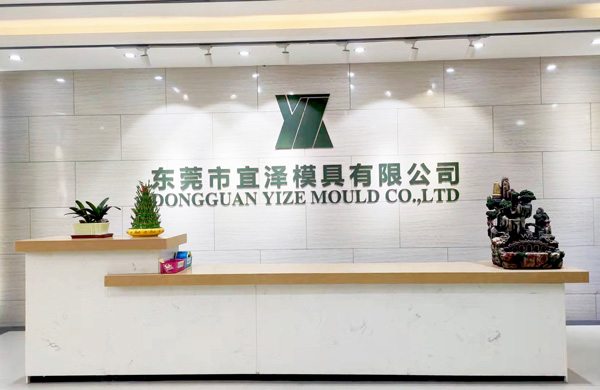In the field of injection molding, cavitation is a problem that cannot be ignored. Cavitation refers to the process in which the material in the injection mold begins to solidify on the surface. Due to the relatively insufficient volume of the material inside the mold, a vacuum hole is formed. This phenomenon often occurs at the thickness change of the product and the injection port material part, which has a particularly significant impact on the appearance quality of transparent products. For opaque products, although the existence of cavitation does not affect its use function, the cavitation inside the product is still not ideal. Especially when cavitation is caused by moisture and volatiles, these pores tend to spread to every corner of the product, and the shape is usually relatively small.
1. Analysis of the causes of cavitation in injection molded products
Insufficient pressure in the injection mold: This is one of the important causes of cavitation. When the pressure in the mold is not enough to fully fill the mold cavity, it is easy for the material to be incompletely solidified, thus forming cavitation.
Water content and volatile substances in the material: If the injection molding material contains too much water or volatile substances, these components will be converted into gas during the injection molding process, and then cavitation will be formed in the product.
Excessive or uneven product thickness: Excessive or uneven product thickness may result in the material not being evenly filled during the curing process, resulting in cavitation.
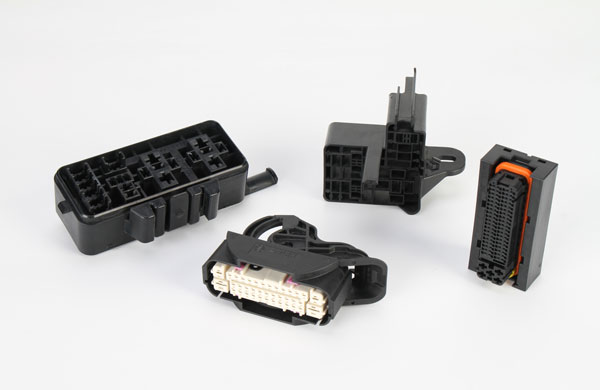
2. Solutions to cavitation of injection molded products
Adjust injection molding parameters: Increase the injection pressure during injection molding and extend the holding time to ensure that the material can fully fill the mold cavity. At the same time, for plastic materials containing moisture and volatile substances, they must be fully dried and the temperature of the heating barrel must be appropriately reduced to reduce gas generation.
Optimize the design of injection ports and gates: Appropriately expanding the size of injection ports and gates can improve the flow properties of materials and reduce the occurrence of cavitation.
Eliminate over-thick parts of products: By optimizing the design, eliminate over-thick parts in the products, so that the materials can be evenly filled during the curing process, thereby avoiding the occurrence of cavitation.
3. The impact of material differences on cavitation
It should be noted that there are differences in the cavitation tendency of different materials. In particular, crystalline materials and occasions with thicker products are more prone to cavitation and other problems. Therefore, these factors should be fully considered when selecting materials and designing products.
4. Precautions for cavitation of injection molded products
Finally, it is worth mentioning that injection molded products should be allowed to cool slowly after being taken out. Too fast cooling speed may lead to uneven stress distribution inside the product, thereby increasing the risk of defects such as cavitation. Therefore, during the injection molding process, the cooling speed should be reasonably controlled to ensure the quality stability of the product.
